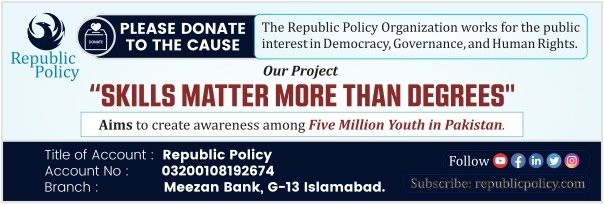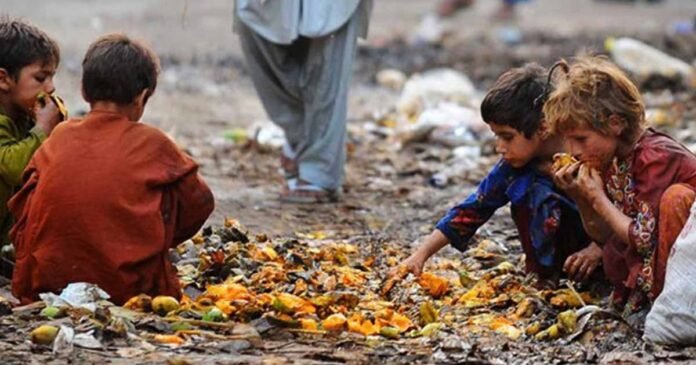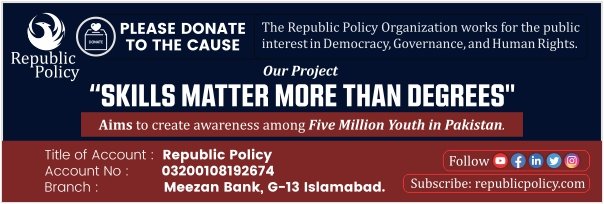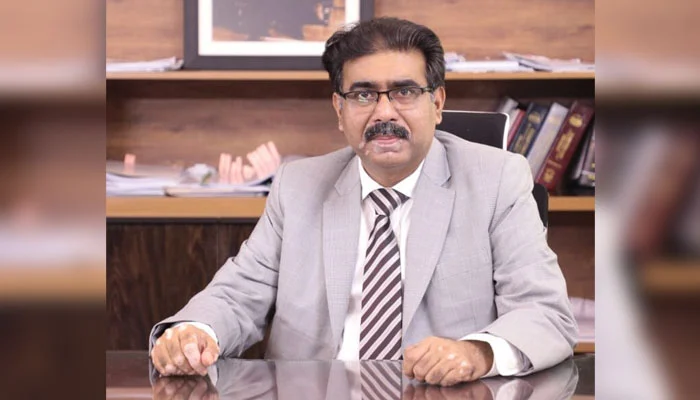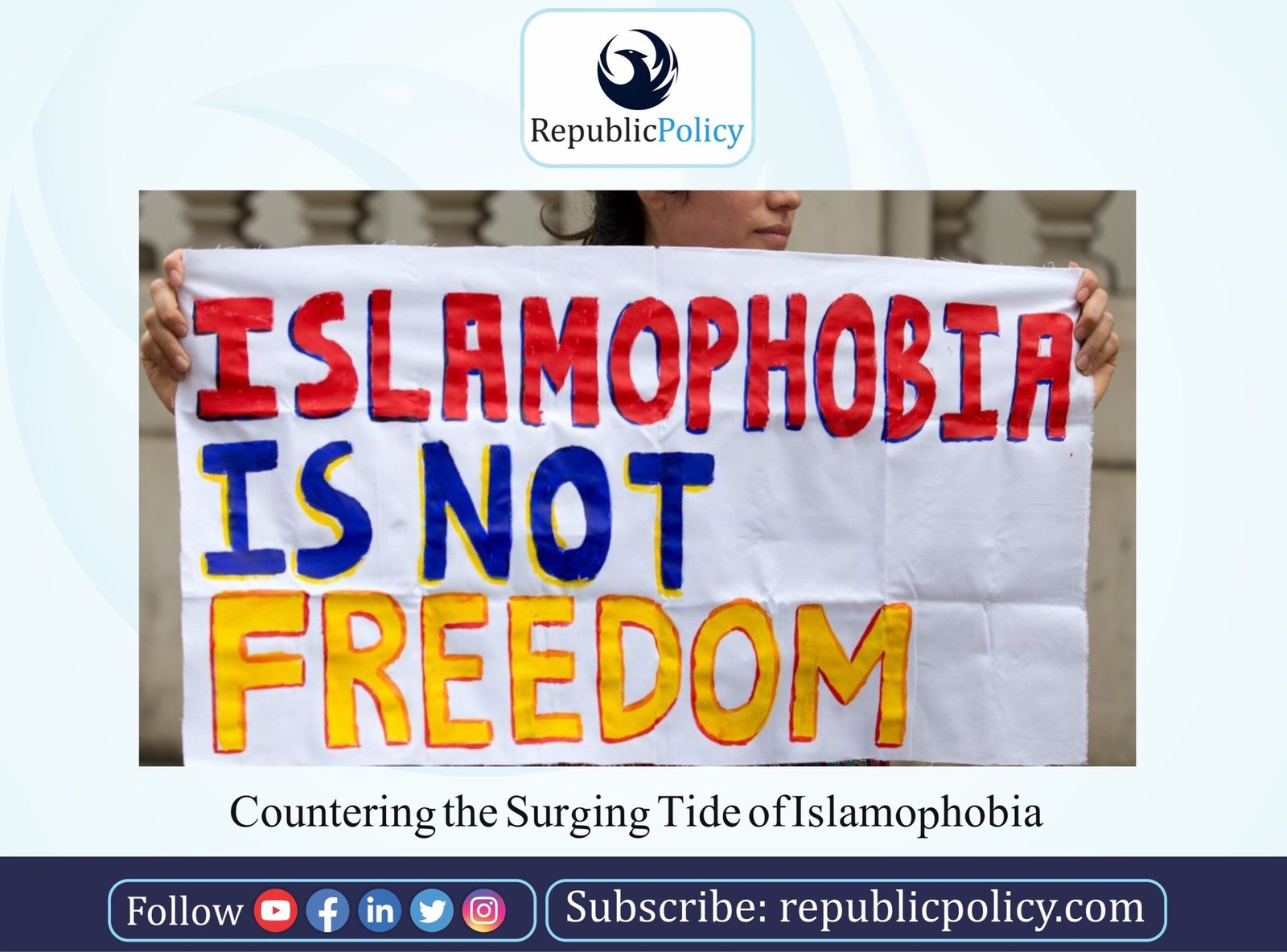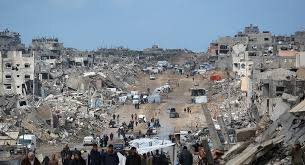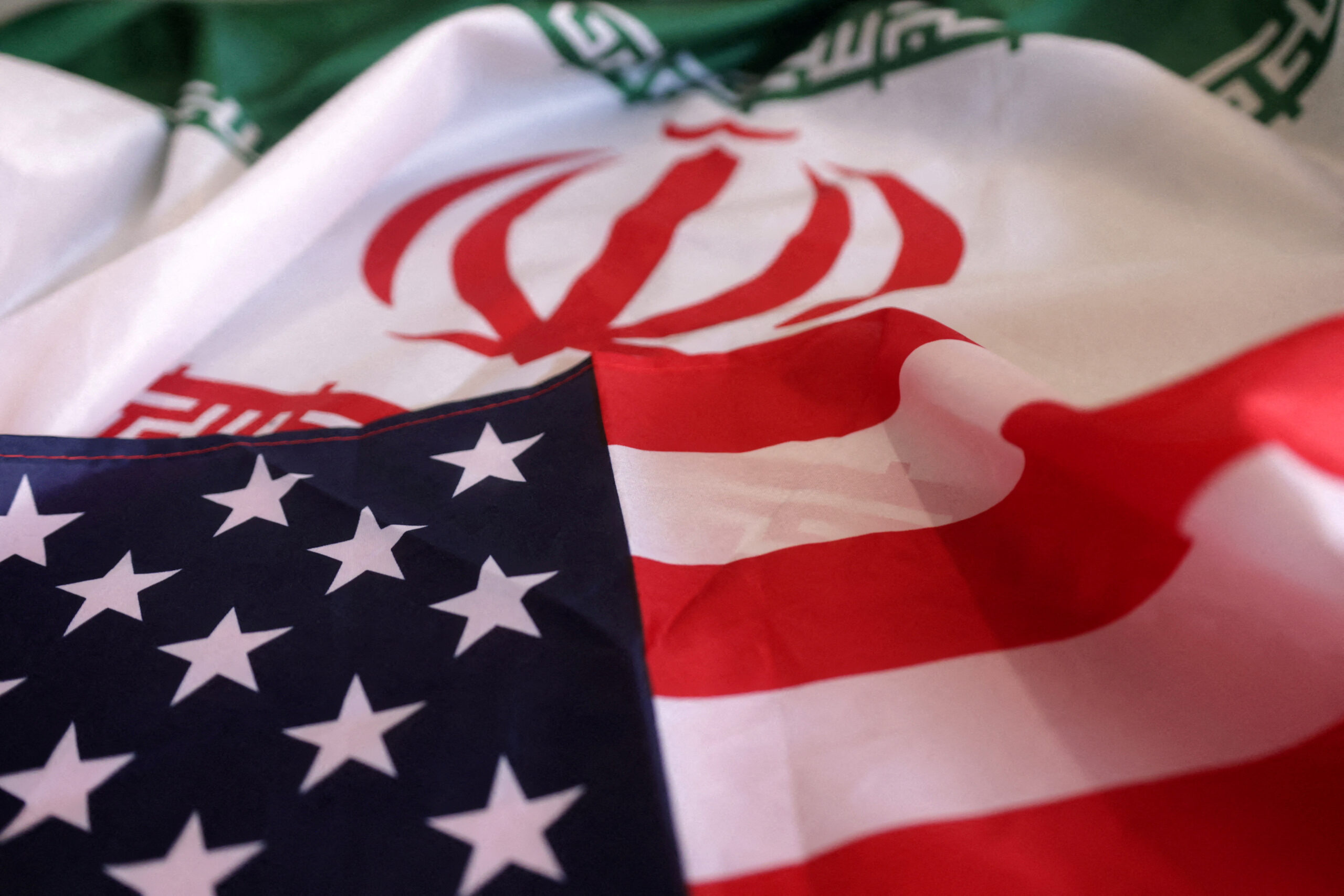Safia Ramzan
The aspiration to eradicate poverty in Pakistan is not just a dream, but a pressing need, with nearly 40 percent of the country’s population living below the recognized poverty line. While economic growth is often touted as a primary solution to the nation’s developmental challenges, it is crucial to understand that growth alone is not a panacea for the complex issues of poverty and inequality. A myopic focus on boosting GDP without considering the welfare of the bottom 40 percent may perpetuate cycles of deprivation, leading to an increasing concentration of wealth within the upper echelons of society.
The singular focus on growth neglects the fundamental causes of persistent structural poverty and, paradoxically, undermines the overall efficacy of economic growth itself. Poverty undermines productivity by debilitating the workforce, which, in many instances, consists largely of unskilled labor. Children raised in impoverished conditions typically lack access to vital resources such as education, healthcare, and nutrition, which curtails their future job opportunities and income potential. Consequently, the economic productivity of individuals— and, by extension, the nation— is significantly hampered.
Consider the severe impact of malnutrition on children’s development. In Pakistan, nearly 40 percent of children under five suffer from stunting, a condition that severely compromises both physical and cognitive growth. The ramifications of this detrimental state of affairs extend into the future, as a compromised childhood invariably translates into a less capable workforce. Such cyclical poverty breeds underdevelopment, curtailing access to opportunities, lowering productivity, and reinforcing stagnation in growth.
It is crucial to acknowledge that while economic growth is vital for the advancement of Pakistan, placing excessive emphasis on poverty and equity metrics can divert focus from investment-driven strategies necessary for enhancing productivity. Nevertheless, it is equally critical to recognize that economic growth does not inherently equate to poverty alleviation or equitable access to opportunities. The absence of targeted social policies and effective poverty alleviation initiatives means that economic growth could very well be uneven and fail to benefit a vast swath of the population.
World Bank projections highlight a staggering reality: if global economic growth continues at its historical rate alongside a persistence of income inequality, worldwide poverty is expected to decline by only 10 percent by 2030—down from 17 percent in 2010. This statistic raises serious concerns regarding the power of economic growth to alleviate poverty in nations plagued by high inequality, such as Pakistan.
Despite experiencing bouts of robust economic growth, Pakistan has not seen a corresponding decline in poverty levels. This dissonance suggests that a significant portion of the population remains ensnared in poverty, even amidst apparent economic advancement. The enduring structural poverty in Pakistan is symptomatic of deeper systemic problems including weak institutional frameworks, ineffective governance, ingrained inequalities, and social exclusion. These intersecting issues collectively impede the nation’s development agenda and perpetuate deprivation for a substantial segment of society.
Addressing these multifaceted challenges requires a comprehensive strategy that revolves around fostering economic growth through inclusive social policies aimed at alleviating poverty. These policies, if implemented effectively, have the potential to transform the socio-economic landscape of Pakistan. Public investments in education, healthcare, job creation, and innovation initiatives are crucial in this strategy. These areas represent key territories where government intervention can facilitate a more equitable distribution of resources and opportunities.
While there have been improvements in individuals’ economic situations over the years, such advancements have primarily been in absolute terms. Relatively speaking, many individuals remain stagnant in their socio-economic standing compared to their peers. Therefore, it is imperative to analyze both poverty and inequality concurrently in order to formulate policies that can effectively address these pressing issues and promote sustainable, inclusive growth.
The inconsistency of poverty data and the frequent alterations to the official poverty measures have contributed to a state of confusion, which, in turn, diminishes the urgency surrounding poverty alleviation efforts. The unclear assessment of poverty can lead to misguided policy decisions, exacerbating the very issues that need to be addressed.
Additionally, the sensationalization of poverty, often referred to as “poverty porn,” is a problematic approach that should be discouraged. Such portrayals tend to oversimplify and overlook the intricate, deeply embedded systemic and structural drivers of chronic poverty. This reductionist view fails to inspire real change, as it overlooks the comprehensive strategies needed to address these foundational issues.
In summary, while economic growth is indeed essential for the development of Pakistan, it must not overshadow the critical need for targeted approaches aimed at addressing poverty and fostering equity. Ignoring the complexities of poverty will lead only to further entrenchment of inequality and deprivation. A balanced approach, integrating growth with inclusive social policies and strategic investments in human capital, is not just a theoretical concept, but a practical and feasible path for sustainable development. Only by addressing the underlying causes of poverty can Pakistan truly hope to fulfill the dream of a prosperous and equitable future for all its citizens.


